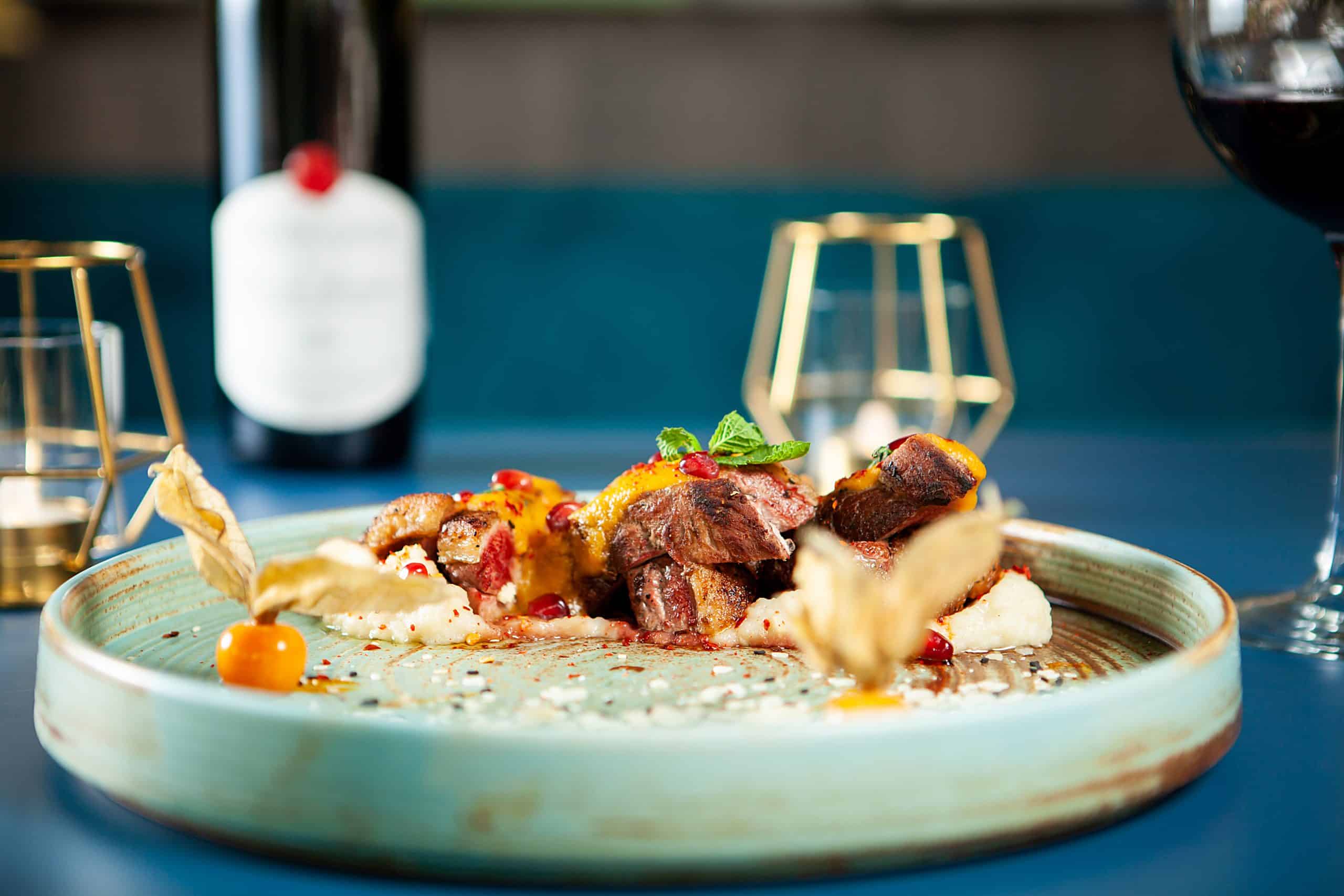How to Make the Ultimate Gourmet Macarons with Unique Flavor Pairings?

The art of crafting the perfect macaron is a French patisserie tradition. With its origins tied to the grandeur and elegance of French gastronomy, mastering the macaron recipe is an experience equal parts delightful and challenging. The delicate balance of obtaining the perfect round shape, the satisfying crunch followed by the smooth, creamy filling, and the array of flavors that dance on your taste buds make these little culinary marvels a joy for all the senses. The following sections will guide you through the process of making the ultimate gourmet macarons and include some tips for unique flavor pairings.
Understanding the Macaron: A French Delicacy
Before we delve into the recipe, let’s understand what a macaron really is. Contrary to popular belief, the macaron is not a cookie. It’s a small, round confectionery, characterized by its smooth shell, ruffled rim (known as the ‘foot’), chewy interior, and creamy filling. The macaron shells are made of almond flour, egg whites, and sugar, and they sandwich a filling that can be a ganache, buttercream, or jam. The challenge lies in the consistency – the shells need to be smooth and crispy without being too brittle and the filling creamy without being overly sweet.
Additional reading : How to Achieve the Perfectly Cooked Gourmet Risotto with Seasonal Mushrooms?
Preparing the Macaron Shells: Precision and Patience
The process of making macaron shells begins with a seemingly simple mixture of sugar, almond flour, and egg whites. However, the key lies in the precision of the measurements and the process of mixing. Begin by whisking the egg whites until they form a glossy meringue. Gradually add granulated sugar, and continue whisking until you obtain stiff peaks.
In a separate bowl, sift the almond flour and confectioners’ sugar together. This will ensure a smooth, lump-free mixture, which is essential for achieving the perfect macaron shells. The next step is the macaronage process, where the egg whites are delicately folded into the almond mixture. This step needs to be done with care, as over-mixing can result in runny batter and under-mixing can make the macarons too puffy.
Also read : How to Bake a Gourmet Focaccia with Rosemary and Caramelized Onions?
Baking time is crucial in the macaron-making process. The shells should be baked just until they are set and barely starting to brown. This typically takes between 12 to 15 minutes, depending on your oven. Remember, the tops of the macarons should be crisp, but the insides should remain slightly chewy.
Crafting the Filling: The Heart of the Macaron
After baking, comes the filling. This is where the cream usually comes in. The filling is the heart of the macaron and it’s where you can get creative with flavors.
Classic macarons are often filled with a chocolate ganache or a vanilla-infused buttercream. However, the beauty of making your own macarons is you can try unique flavor pairings. Consider matching the natural nuttiness of the almond with flavors like pistachio or hazelnut. Or, go for a tangy raspberry or lemon filling for a refreshing contrast. You can even experiment with gourmet flavors like foie gras or truffle for a truly luxurious treat.
Creating Unique Flavor Pairings: Dare to be Different
Want to make your macarons truly stand out? Try experimenting with unexpected flavor combinations! The beauty of macarons lies in their versatility. You can take a basic macaron recipe and elevate it to new culinary heights with a little creativity.
How about a matcha green tea macaron with a yuzu citrus cream filling? Or a rose macaron paired with a lychee and raspberry cream? The possibilities are endless. Experimenting with flavors not traditionally found in macarons can result in some truly unique and delectable creations. But remember, balance is key when it comes to flavor pairings.
Some Pro Tips for Making Perfect Macarons
While making macarons can seem daunting at first, with a little practice and a few pro tips, you’ll be baking these French delicacies like a pro.
Firstly, remember to let your egg whites come to room temperature before whisking them. Cold egg whites will not whip up to the correct volume. Also, it’s important to sift the almond flour and icing sugar to get a smooth batter. For the filling, ensure the butter is at room temperature to achieve a creamy consistency.
Moreover, remember that macarons are not cookies. They should not be browned or crispy all the way through. Instead, they should be slightly crisp on the outside with a soft, slightly chewy interior. Finally, remember that practice makes perfect. Don’t be disheartened if your first few batches don’t turn out as planned. Keep experimenting, and over time, you will get the hang of it.
Mastering the Macaronage Process: A Crucial Step in Macaron Making
One of the most critical steps in making French macarons is the macaronage process. It’s where the dry mixture of almond flour and powdered sugar is folded into the whipped egg whites. This process is vital because it determines the final texture and appearance of your macarons.
To start macaronage, add the egg white mixture to the dry ingredients in thirds, carefully folding after each addition. The goal is to create a batter that is neither too stiff nor too runny. You should be able to form a figure-eight with the batter without it breaking off. If the batter is too stiff, the macaron shells will be lumpy and won’t have the characteristic smooth top. If it’s too runny, the batter will spread out too much on the baking sheets, causing the macarons to be flat and without feet.
Remember, it’s always better to under-mix than over-mix during the macaronage process. If you’ve under-mixed, you can always mix a little more. However, if you over-mix, there’s no going back. So, take your time during this step and make sure to stop mixing when the batter reaches the right consistency.
Once the batter is ready, it’s time to pipe the macaron shells onto a baking sheet lined with parchment paper. Remember to leave enough space between each macaron as they will spread during baking. After piping, tap the baking sheet against the counter to remove any air bubbles. Letting the piped macarons rest at room temperature for about 30 minutes before baking can help form a skin, contributing to the formation of the macaron’s signature feet.
Conclusion: Enjoy the Art of Making Macarons
Mastering the art of making French macarons is a delightful and rewarding process. From whisking the egg whites to the right consistency, to blending the almond flour and granulated sugar with precision, to piping the batter and filling the baked macaron shells with deliciously unique fillings, each step is an opportunity to hone your culinary skills.
Remember, the best macarons are created with patience, precision and a dash of creativity. So, don’t be afraid to experiment with different flavors and fillings. From classic pairings like chocolate or vanilla to more adventurous ones like matcha and yuzu, the possibilities are limitless.
It’s all about finding the right balance between the sweetness of the meringue shells and the flavor of the filling. Even the color of the macarons can be customized with a bit of food coloring, so you can match the aesthetic of your macarons to their taste.
Ultimately, the joy of making macarons comes from the process itself and the satisfaction of creating a batch of perfectly round, smooth-topped macarons with a delicate crunch, soft chewy interior, and a flavorful filling. So, whether you’re making macarons for a special occasion or simply to satisfy your sweet tooth, remember to have fun and enjoy the process. After all, the art of making French macarons is as much about the journey as it is about the delectable end result. Bon appétit!
